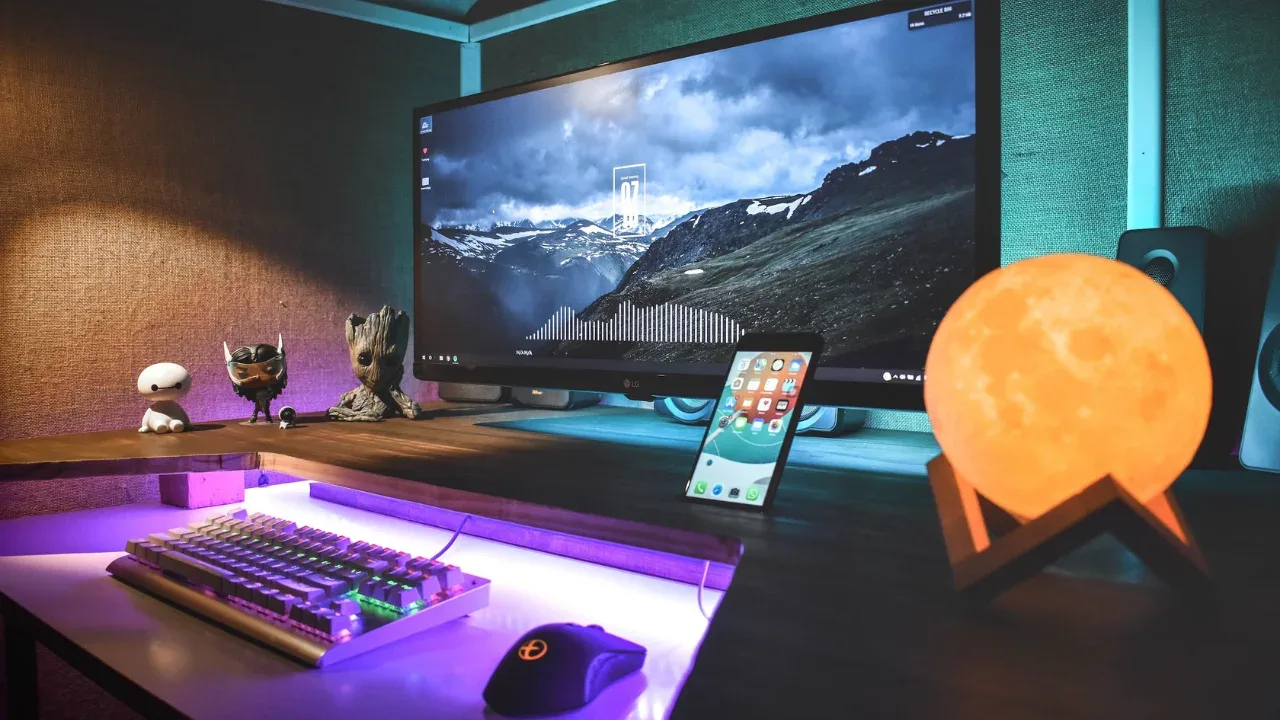How can I delay a method call for 1 second?

How to Delay a Method Call for 1 Second: A Quick Guide 🚀
Are you looking for a simple way to delay a method call for 1 second? Look no further! In this blog post, we'll address a common issue faced by iOS developers and provide easy solutions to help you achieve this desired delay.
The Challenge 🤔
Let's set the stage. You have a UIImageView in your app that reacts to touch events. Upon detecting a touch, some stunning animations come to life. Now, here's the tricky part: after one second, you need to call another method. Unfortunately, using the animationDidStop selector won't work in this case. How can you achieve this delayed method call? Let's find out!
Solution 1: Dispatch After 🕐
The first solution involves using the DispatchQueue class from the Foundation framework. This approach allows you to schedule tasks to be executed asynchronously after a specified amount of time.
Here's how you can implement it in your code:
DispatchQueue.main.asyncAfter(deadline: .now() + 1) {
// Your method call goes here
}In the above example, we use the .now() function to indicate the current time, and we add 1 to delay the method call by one second. Inside the closure, you can place the code that should be executed after the delay.
Solution 2: Timer ⏰
Another way to delay a method call is by using the Timer class provided by Apple's Foundation framework. This approach allows you to schedule a repeating or one-time task.
Here's an example of how you can implement it:
Timer.scheduledTimer(withTimeInterval: 1, repeats: false) { timer in
// Your method call goes here
}In this case, we specify a time interval of 1 second for the Timer to pause before executing the closure. By setting repeats to false, we ensure that the timer only triggers once.
Conclusion and Call-to-Action ✅
Congratulations! You now have two simple and effective solutions to delay a method call for 1 second in your iOS app. Depending on your specific requirements, you can choose between using DispatchQueue or Timer to achieve the desired delay.
Give it a try in your code, and let us know which solution works best for you! Drop a comment below with your experience or any alternate methods you've discovered. Happy coding! 💻🙌
Note: Don't forget to import the necessary frameworks before using DispatchQueue or Timer in your code.
References 📚
Disclaimer: The code examples provided are based on the Swift programming language. For other languages, similar concepts or alternatives may exist.


